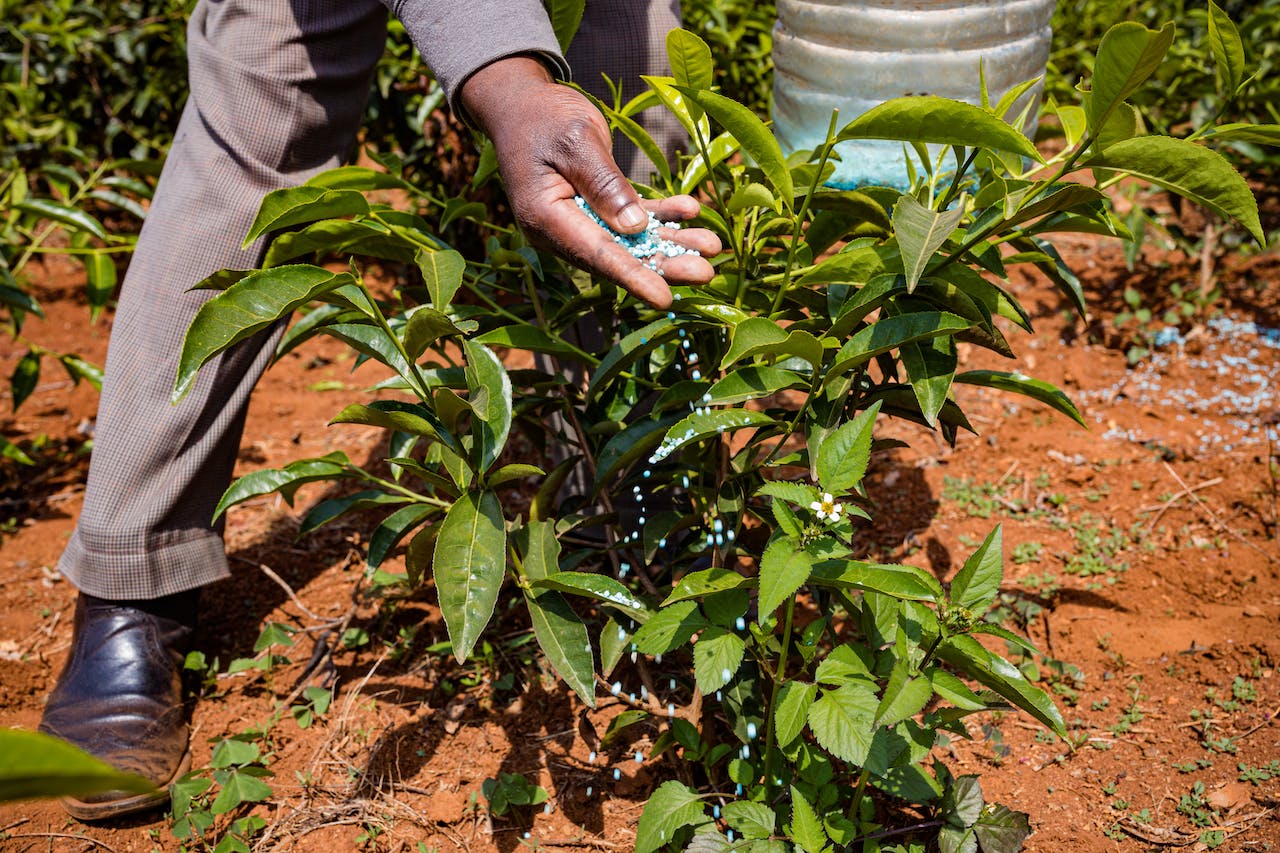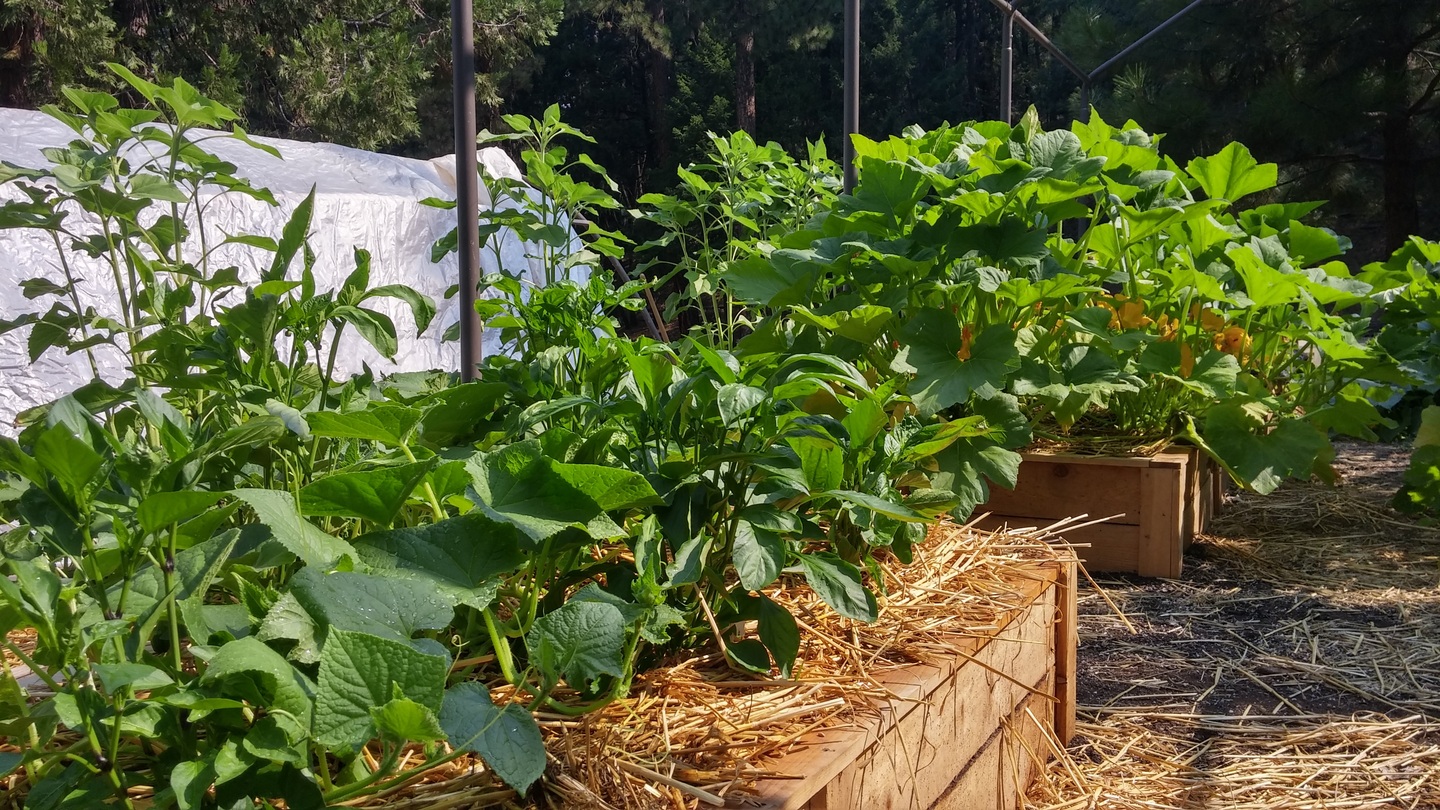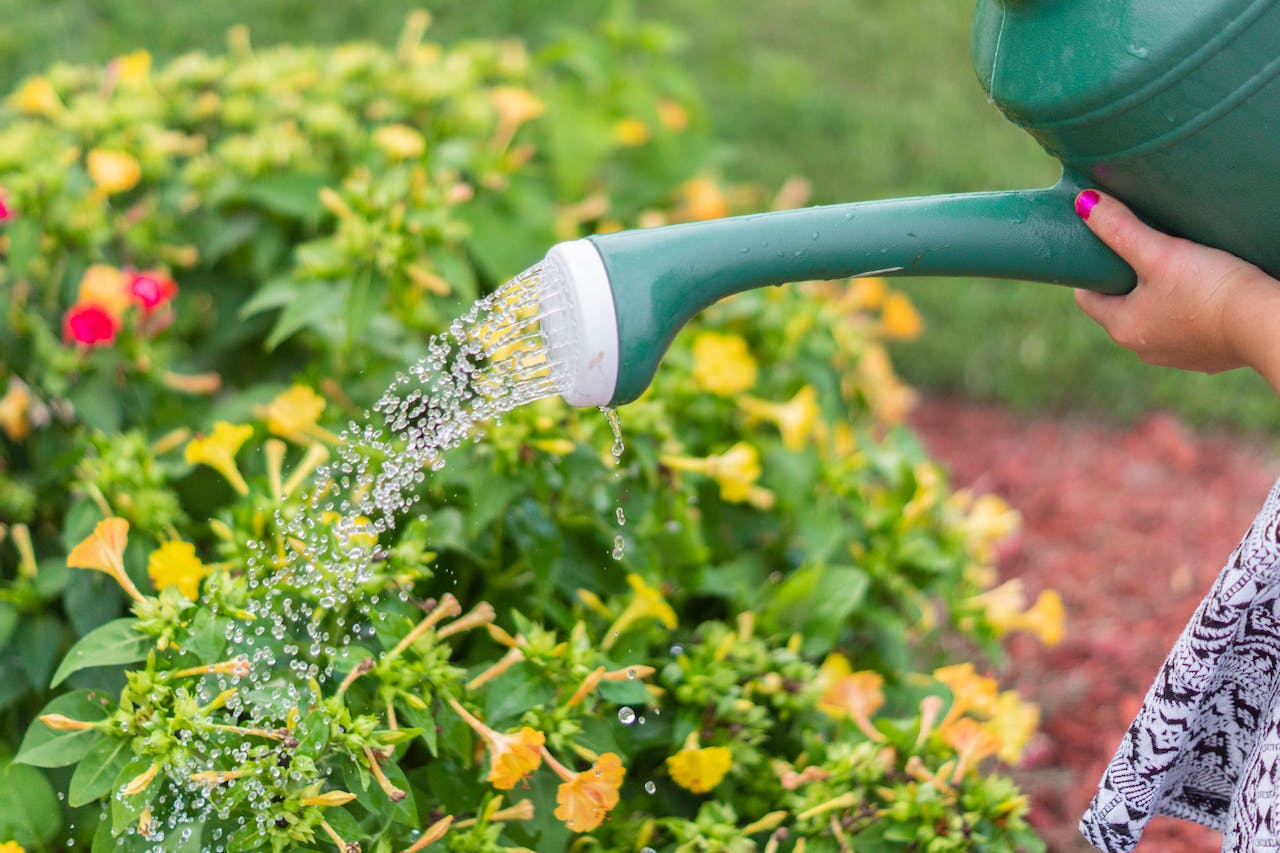The traditional phrase “you reap what you sow” holds a profound truth, especially when it comes to the garden soil in which your plants are rooted. If you’ve decided to elevate your gardening game with raised beds, kudos! You’re on the path to bountiful harvests and vibrant blooms.
But the success of your raised garden bed lies in the foundation you build beneath the surface. That starts with choosing the right raised bed soil which can make all the difference in the growth and health of your plants. Unveil 10 green hints and tips for selecting and preparing raised beds soil mixture.
1. Garden Soil
The backbone of your mixture, garden soil provides the base nutrients. But still, do not use soil directly from your garden, as it might contain pests, diseases, or imbalances. Choose high-quality, well-textured garden soil as the foundation.
2. Loamy Soil Mix
A loamy soil is a balanced mix of sand, silt, and clay. Aim for a well-draining, loamy soil mix that provides good aeration and water retention. You can create a basic mix by combining equal parts of garden soil, compost, and coarse material like perlite or vermiculite.
3. Compost
Mix your soil with generous amount of compost to enrich it with organic matter, improve fertility, and enhance water retention. Incorporate other organic matter like well-rotted manure or aged compost to further enhance soil fertility. Avoid using fresh manure as it can be too strong and may burn plant roots.

4. Perlite or Vermiculite
Add perlite or vermiculite to the mix to improve aeration and drainage. These materials prevent the soil from compacting and enhance root development.
5. Peat Moss or Coconut Coir
These ingredients enhance moisture retention and aeration. Peat moss is acidic, making it suitable for plants that prefer lower pH levels, while coconut coir is a more sustainable alternative with a neutral pH.

6. Test pH Levels
Most vegetables prefer slightly acidic to neutral soil (pH 6.0-7.0). Adjust the pH as needed with lime to raise it or sulfur to lower it.
7. Raised Bed Depth
The depth of your raised beds will also influence the amount and type of soil needed. Deeper beds allow for a greater root system.
8. Rotation and Diversity
Rotate crops and diversify the types of plants grown in your raised beds to prevent nutrient depletion.

9. Watering
Be mindful of watering practices to ensure even moisture throughout the raised bed.
10. Basic Factors
In addition to selecting the right raised bed soil, it’s important to consider other basic factors. Just like humans, plants have preferences, and tailoring your soil mixture to suit these preferences can make all the difference in their growth and productivity.
So, take note of the following factors:
- Plant Types: Different plants have different requirements. Are you cultivating vegetables, flowers, herbs, or a mix of all three? Understanding the specific needs of your chosen plants will guide you toward creating an optimal environment for them to thrive.
- Local Climate: Consider your local climate – the temperature, humidity, and rainfall. A well-designed soil mixture can act as a buffer against extreme weather conditions, providing a stable and supportive environment for your plants.
- Drainage Matters: One of the primary advantages of raised beds is improved drainage. However, not all soils are created equal when it comes to this crucial aspect. A well-draining soil mixture prevents waterlogged roots, promoting healthier plants and thwarting the growth of unwanted pathogens.
In addition, remember that choosing the right raised garden bed is also crucial for plant growth. There are thousands of raised garden bed ideas to suit your preferences, budget, and type of plants. You just need to find the right match.
To Summarize
Selecting the right soil for your raised garden bed is like creating a work of art– it requires knowledge, skill, and a bit of intuition. By understanding your plants, considering your local climate, and preparing a well-balanced soil, you’ll set the stage for a thriving garden.
Now, with a shovel in hand and a newfound green-thumb confidence, watch your garden transform into a botanical masterpiece. Happy gardening!
